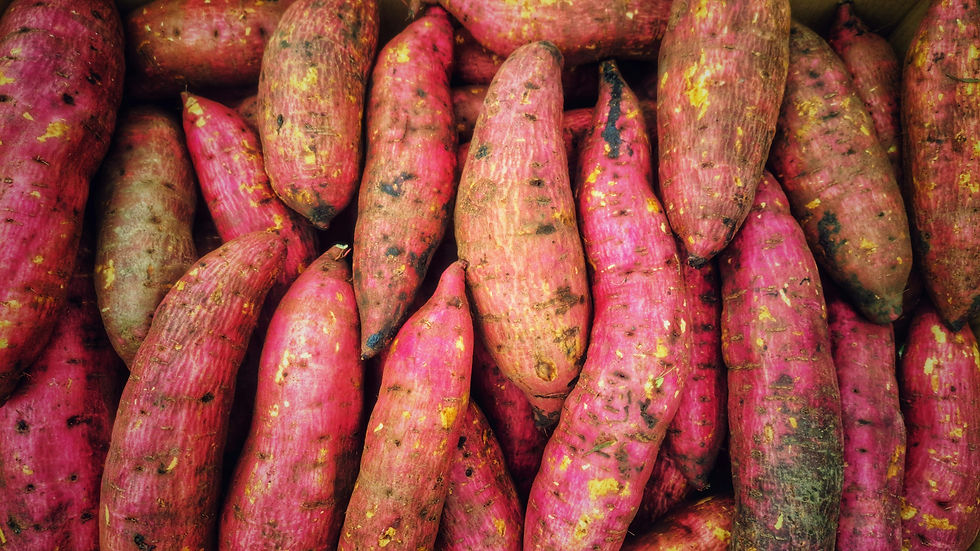Fall into Fall!
- Chef Kelly Unger
- Sep 27, 2023
- 3 min read
It's officially Fall, Autumn, l'Automne, and in my heart, one of the most romantic and joyful times of year. Cool crisp air, cozy clothes, apple picking to reconnect you with the trees, long walks, enjoying the changing colors of the leaves, and of course, cozy food. Pumpkins and apples are two of my all time favorite foods on this planet. Yep, I'm a PSL girl. I'm a pumpkin everything girl. And apples everything girl. Both are healing, loaded with minerals, fiber, vitamins, micronutrients and both are cleansing to your body. As they cleanse they replace lost nutrients. Now the trick to enjoying 100% of that benefit is you have to eat them in pure form. That means no cream, butter, processed sugar or white flour. However, we're human and we need balance. So perhaps some roasted pumpkin on a salad with diced apple or a fresh apple eaten out of hand can be things we enjoy each day for our health, then the other baked goods and recipes I'm about to share can be enjoyed for our soul. Even when we do add other ingredients to apples and pumpkins, they are still healthy for us. They have tons of fiber and fiber is super important for good health. Fiber is the Swiffer for your GI tract. So enjoy some fresh raw fruit and vegetables each day (don't forget about pears, they are also super healthy) to give your body what it needs and then you can treat yourself to some delicious Fall decadence.
Side note: butternut squash skin is so thin that can be left on when making puree or roasting. Other winter squash that have thicker or waxy skin can be peeled. Share the peels with the outdoor creatures or compost them. Not all winter squash seeds are delicious for eating either. Butternut seeds are very good for eating. Seeds that are large and have a thick coat are not good for roasting and eating. And DO NOT rinse your winter squash seeds before roasting! There is lots of good flavor and nutrition in that orange goo. Keep it on the seeds and save yourself a step! Quick pumpkin vs squash clarity: All pumpkins are winter squash. What we usually call a "pumpkin" is the round, orange or white squash. Some winter squash are good for eating and some are just good for decoration. How do you know the difference? Here is a Master List of Pumpkin Varieties and their Uses. Additionally, "Winter squash are best stored at 55-59°F and can last 2 to 6 months depending on the variety. Cucurbita pepo types such as acorn, spaghetti, and delicata are best eaten in the fall. Cucurbita maxima types such as hubbard, buttercup, and kabocha squash are best eaten in December/January; their sweetness will actually increase during storage. Cucurbita moschata types such as butternut will store the longest." https://mgsantaclara.ucanr.edu/garden-help/vegetables/winter-squash/
Finally, here's a guide from Penn State Extension for Preserving Winter Squash. I hope you'll stock up on Fall's bounty and take a moment to preserve these healthy beauties to enjoy through the Winter. It's a great way to reconnect with your food and further appreciate our farmers. I hope you enjoy these recipes! Pumpkin Lasagna Apple Cider Pork Pot Roast Creamy One Pot Pasta with Sausage and Squash Braised Butternut Squash in Spiced Coconut Gravy Butternut Pumpkin Pie Butternut Squash Coconut and Ginger Muffins Cheers to Fall!




Comments